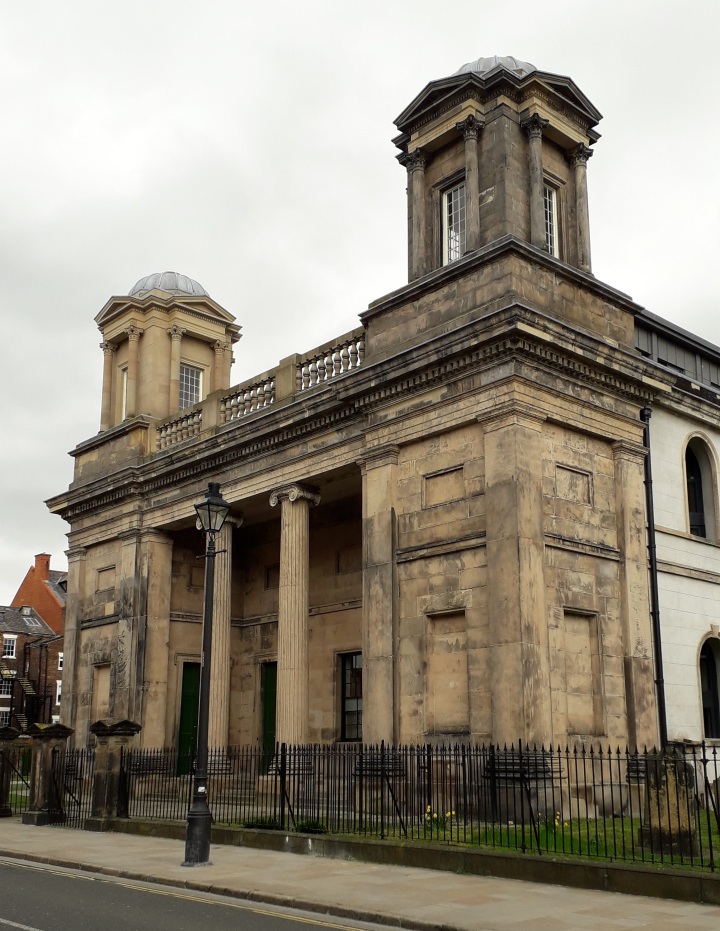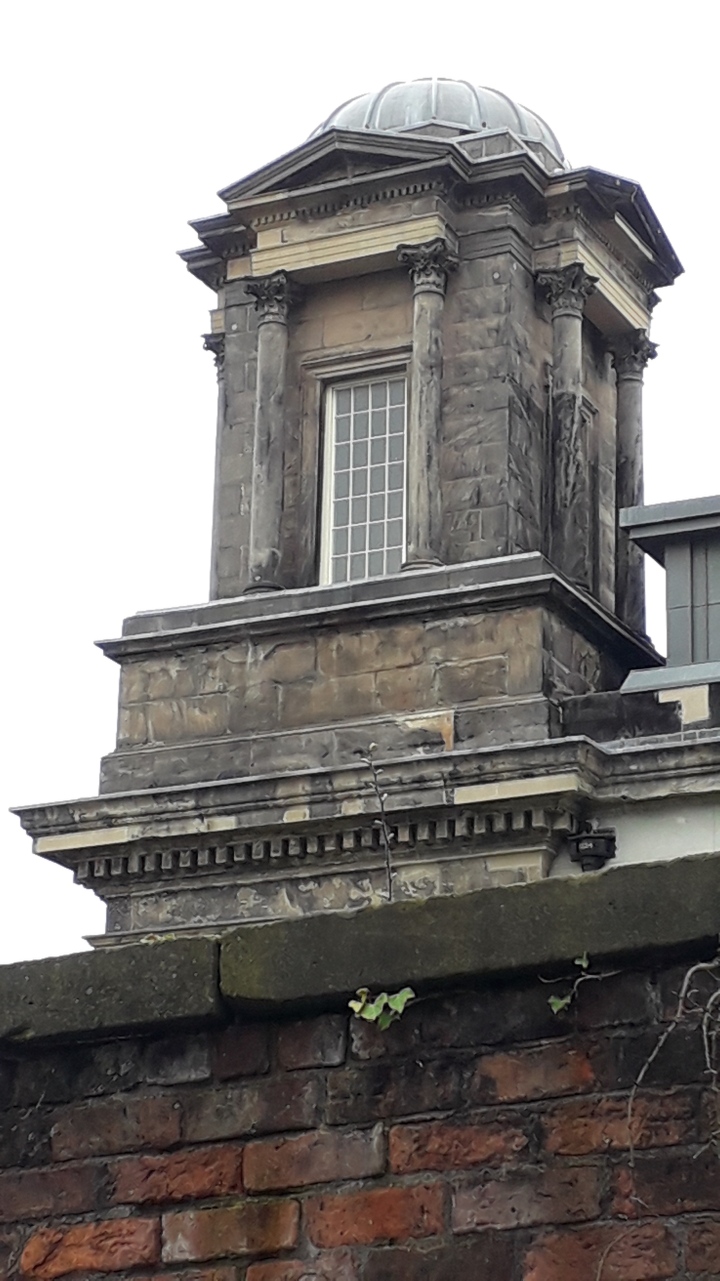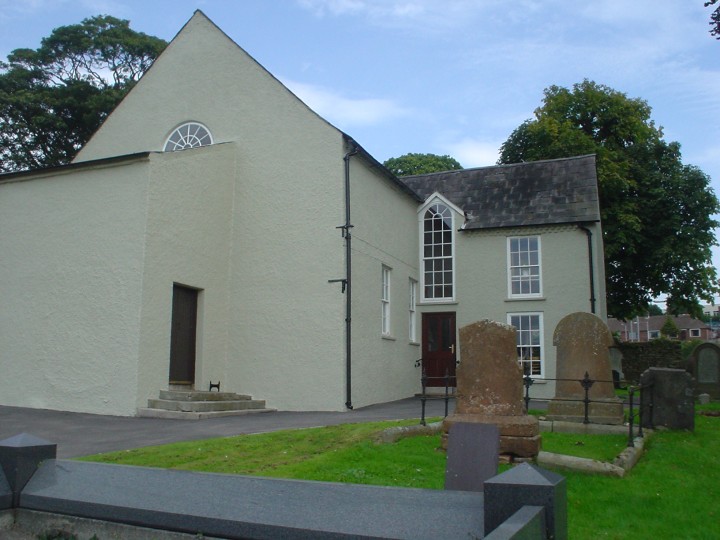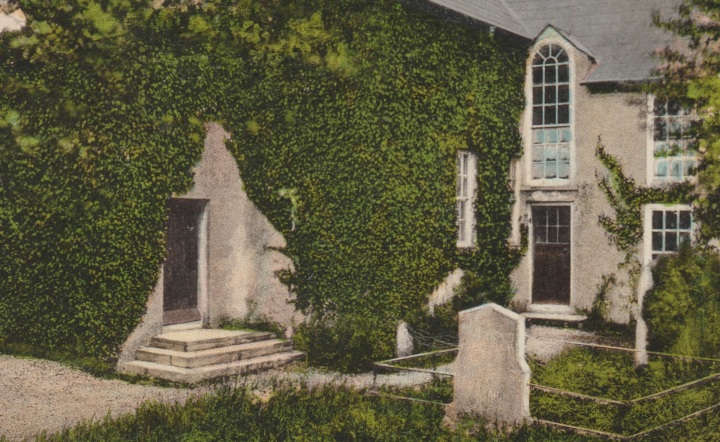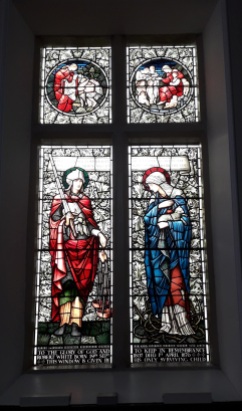February 2019 marked the 300th anniversary of the Salters’ Hall debates between leading London Dissenters. This anniversary has been observed by a number of articles in journals and online across the denominational divides[i] and rightly so because this event, although now rather distant and not obviously of great interest in the twenty-first century, was a key moment in the development of Dissent that helped to crystallise the different forms of church organisation and led ultimately, in England, to what became Unitarianism.[ii]
The famous slogan associated with these keenly contested discussions between ‘divines’ at Salters’ Hall in London[iii] was that ‘the Bible carried it by four’. A vote was taken on whether to enforce subscription to the doctrine of the Trinity as it was formulated in the Westminster Shorter Catechism and a majority of 57 to 53 opposed this suggestion. All groups of Dissenters were divided on this question although generally Presbyterians and General Baptists opposed subscription while Independents and Particular Baptists supported it, although this is something of an over simplification. But ‘subscription’ was a key question amongst Dissenters and remained so for centuries. Today the notion more readily calls to mind the situation in Ireland where The Non-Subscribing Presbyterian Church of Ireland preserves the whole question in its very name. But this controversy had ramifications all over Britain and Ireland and indeed all over Europe, and helped to mark out the way Dissenting churches would develop.
The whole question developed from disagreements that took place in the West Country where Arianism was perceived to be on the rise. The ordination of Hubert Stogdon as minister to the Presbyterian congregation at Shepton Mallet led to further suspicions alighting on some of the local ministers who had promoted his case, including Joseph Hallett and James Peirce. A heated and convoluted debate within the Exeter Assembly and between local ministers and the ‘Committee of Thirteen’, who had authority over the Dissenting interest in Exeter, led to appeals to the London Dissenting ministers to adjudicate, ultimately to ‘the Body of Protestant Dissenting Ministers in, and about, London’ who gathered on 19th February 1719 at Salters’ Hall. The topic for their discussion was a paper entitled ‘Advices for promoting Peace’[iv] which had been presented to them by the Committee of Three Denominations, in other words the body that had responsibility for oversight of the Presbyterians, Independents (or Congregationalists) and Baptists in London. This body was greatly involved in protecting the political interests of Dissenters and these debates occurred at a crucial time when they were agitating for the repeal of the Occasional Conformity Act and the Schism Act. The Schism Act had been passed in 1714 but never came into force because of the death of Queen Anne, had it done so it would have destroyed all Dissenting educational institutions in the country.
To try to minimise the damage caused by the dispute in Exeter the Committee of Three Denominations asked prominent Dissenting MP, John Shute Barrington, to provide the ‘Advices for promoting peace’. Barrington’s ‘Advices’ suggested that all accusations should be backed up by properly formulated witness statements and not just rumour and that any test of orthodoxy should be based on scripture as the sole rule of faith. These ‘Advices’ were approved by the Committee and then laid before the full body of London ministers.
This debate was asking a fundamental question about how Christianity should be defined which was heavily coloured by the spirit of the age. It was part of a European wide trend within the Reformed churches – in 1706 no less a place than Geneva, the very birth place of Calvinism, dropped the requirement of subscription for entrants to the ministry to the Formula Consensus Ecclesiarum Helveticarum (Helvetic Consensus), the Reformed statement agreed by the Swiss reformed cantons in 1675. The same debate was playing out in Ireland at the same time and representatives of both sides of the divide in Ireland were present in London and reporting back to their respective camps. The Church of Scotland struggled with some divisions over the same issue, although these generally remained underground, the Act of Union of 1707 gave the Westminster Confession of Faith such an unassailable legal place in Scottish life. In a further irony the Church of England was not free of such tensions following the example of Benjamin Hoadley who, as Bishop of Bangor, preached before the King in 1717 a latitudinarian sermon which placed stress on the right of individual judgement, implied the complete separation of religious matters from those of the state and argued for toleration of religious differences.[v]
For Dissenters, whose whole existence was based upon a rejection of Anglican authority, there was a reluctance to set up a new form of either institutional or theological authority based beyond the Bible and the person of Jesus. This was the key issue at the time, not the doctrine of the Trinity. For non-subscribers the dangers of suppressing the rights of individual conscience were deemed greater than the possibilities of heterodox beliefs developing. Arianism was a constant bogeyman but having rejected making subscription to the Trinity compulsory and having passed the ‘Advices for Peace’ the London ministers nevertheless also asserted their belief in the Trinity in a separate document. But a refusal to subscribe to what were termed humanly inspired formulations remained uppermost and can be seen throughout the eighteenth century, particularly in the writings of English Presbyterians. There is no doubt that non-subscription was a prime impulse within those churches that ultimately became Unitarian and within the institutions which they set up, including such academies as Manchester College. The development of a much more vigorously doctrinal Unitarianism early in the nineteenth century created a new set of tensions but the non-subscribing tendency can arguably be traced on through the thought of such figures as James Martineau and what came to be termed Free Christianity. But this lay someway ahead of 1719. At this point a major part of the Dissenting community in England, which had largely been created in the ejection of 1662, gave assent to non-subscription, they rejected creeds and emphasised the right of private judgment. The traditional criticisms that they had directed at the Anglican establishment were now being directed at the imposition of authority from within their own institutions. It was an important step that was not intended to promote heterodox beliefs such as Arianism but its effect, for those who followed this path, was to open up the possibilities of different interpretations of such doctrines co-existing alongside each other.
David Steers
[i] See for instance Robert Pope, ‘When Jesus Divided the Church’, Reform, February 2019. Stephen Copson, ‘The Salters’ Hall debates’, The Baptist Times, https://www.baptist.org.uk/Articles/542042/The_Salters_Hall.aspx. Martyn C. Cowan, The 300th anniversary of the Salters’ Hall debates, Union Theological College, https://www.union.ac.uk/discover/news-events/blog/58/the-300th-anniversary-of-the.
[ii] The most detailed account of the course of the controversy is probably still R. Thomas, ‘The non-subscription controversy amongst dissenters in 1719: the Salters’ Hall debate’, Journal of Ecclesiastical History, 4 (1953), pp. 162–86. See also David L. Wykes, ‘Subscribers and non-subscribers at the Salters’ Hall debate’, Oxford Dictionary of National Biography, published online 2009.
[iii] Salters’ Hall was the hall of the Salters’ Company of the City of London and contemporary publications name the venue simply as Salters’ Hall but it seems most likely that the debate will have taken place in the adjacent Salters’ Hall meeting house.
[iv] An Authentick Account of Several Things Done and agreed upon by the Dissenting Ministers lately assembled at Salters-Hall, (London 1719), includes the ‘Advices for Peace &c’.
[v] Benjamin Hoadly, The Nature of the Kingdom, or Church, of Christ. A Sermon Preach’d before the King, at the Royal Chapel at St James’s. On Sunday March 31, 1717, (London 1717).
This article appears in Volume 27, Number 1, April 2019 issue of the Transactions of the Unitarian Historical Society which is available now. Annual membership of the UHS costs only £10, each member receiving a copy of the Transactions. Membership can be obtained from the treasurer: Rev Dr Rob Whiteman, 10 Greenside Court, St Andrews, KY16 9UG, to whom cheques (made payable to the Unitarian Historical Society) should be sent.
